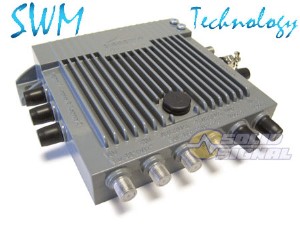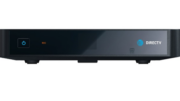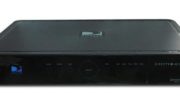Well you could, but you shouldn’t.
DIRECTV SWM technology is pretty amazing. It allows you to watch any of thousands of channels on a single wire while using inexpensive splitters to wire your home instead of running a wire from each receiver straight to the dish. Since its introduction in 2009, it’s revolutionized satellite TV as we know it. Most people opt for a satellite dish with SWM technology built in, but for folks who want a ton of receivers (or for business customers) an external SWM multiswitch is the way to go. What’s the difference? It comes down to expandability. Home users, especially those with DIRECTV’s Genie 2, have everything they need from the basic dish. Business users might want to add dozens more receivers.
SWM multiswitches are already weather-resistant (but)
The SWM switch itself is weather-resistant but it really shouldn’t be mounted outside the house. It’s much better placed in a cool place like a garage or equipment closet. It’s not so much the water hitting it, it’s the constant heating and cooling from the sun, the residue of dust and scale from the rain, and that sort of thing. This is, after all, some sensitive electronic equipment and it’s happier being indoors.
But what about placing it in an enclosure? Wiring enclosures are used to shield delicate splitters and other equipment from the elements, but I say here and now…
They should not be used for SWM multiswitches, at least not unless they have built-in fans.
Older DIRECTV SWM multiswitches can reach temperatures of 140 degrees on the outside of the case. Newer ones are better with heat generation. All SWM multiswitches rely on good airflow to keep them healthy. That’s part of the reason they have big metal cooling fins on them. Putting them inside a weatherproof enclosure is one sure way to kill them off, because it will get really, really hot in there really, really fast. Any enclosure designed for this kind of technology should have fans and ventilation and be big enough for good airflow. Otherwise, you’re going to have yourself one fried SWM very quickly.
What are the options?
If you really need to enclose a SWM multiswitch, you’ll want to custom build a large enclosure with plenty of opportunity for airflow. You’ll probably want to put in a fan or two. You can use the auxiliary port on a SWM-30 to power a small fan, or simply use solar technology. Airflow and cooling really matter most of all here.
If your SWM gets hot, it’s going to react really unpredictably. You’ll get error messages even when there is nothing wrong. It could cut out and start up unexpectedly. This would mean no television for anyone until it resolves itself. Trust me, I’ve dealt with this sort of thing myself and it’s really really annoying.
Get the best accessories from Solid Signal
SolidSignal.com is your source for all the commercial and residential installation accessories you’ll need. It doesn’t matter if it’s a small connector or a giant generator. You’ll find it all in one place, along with all the tech support you need.





